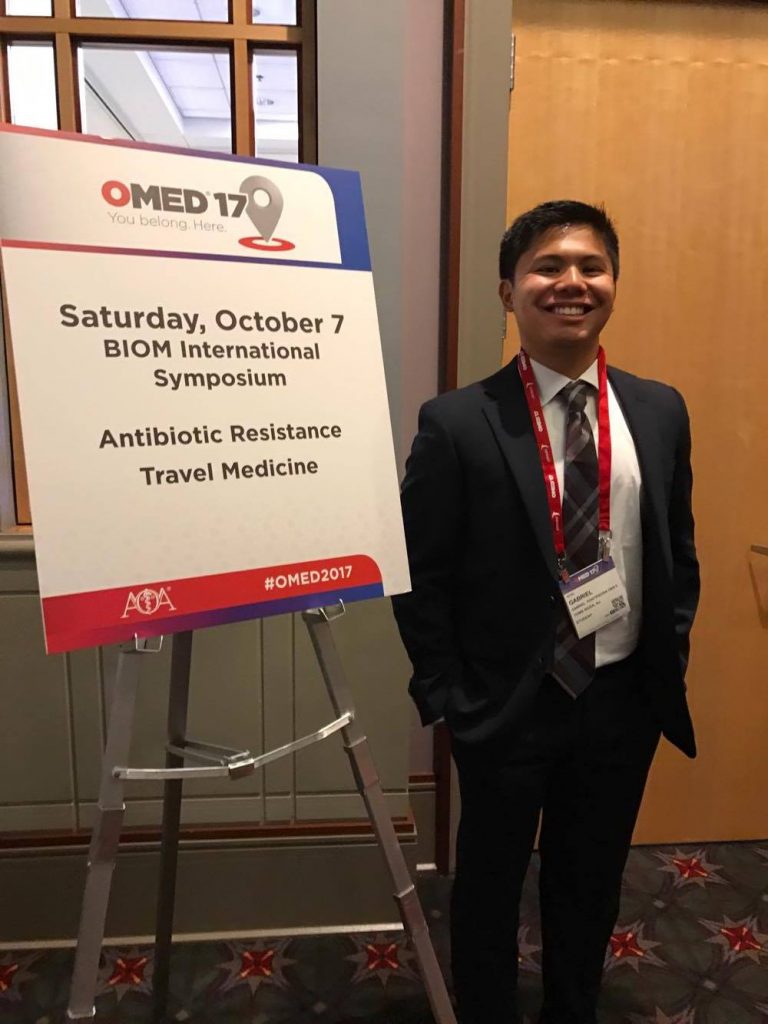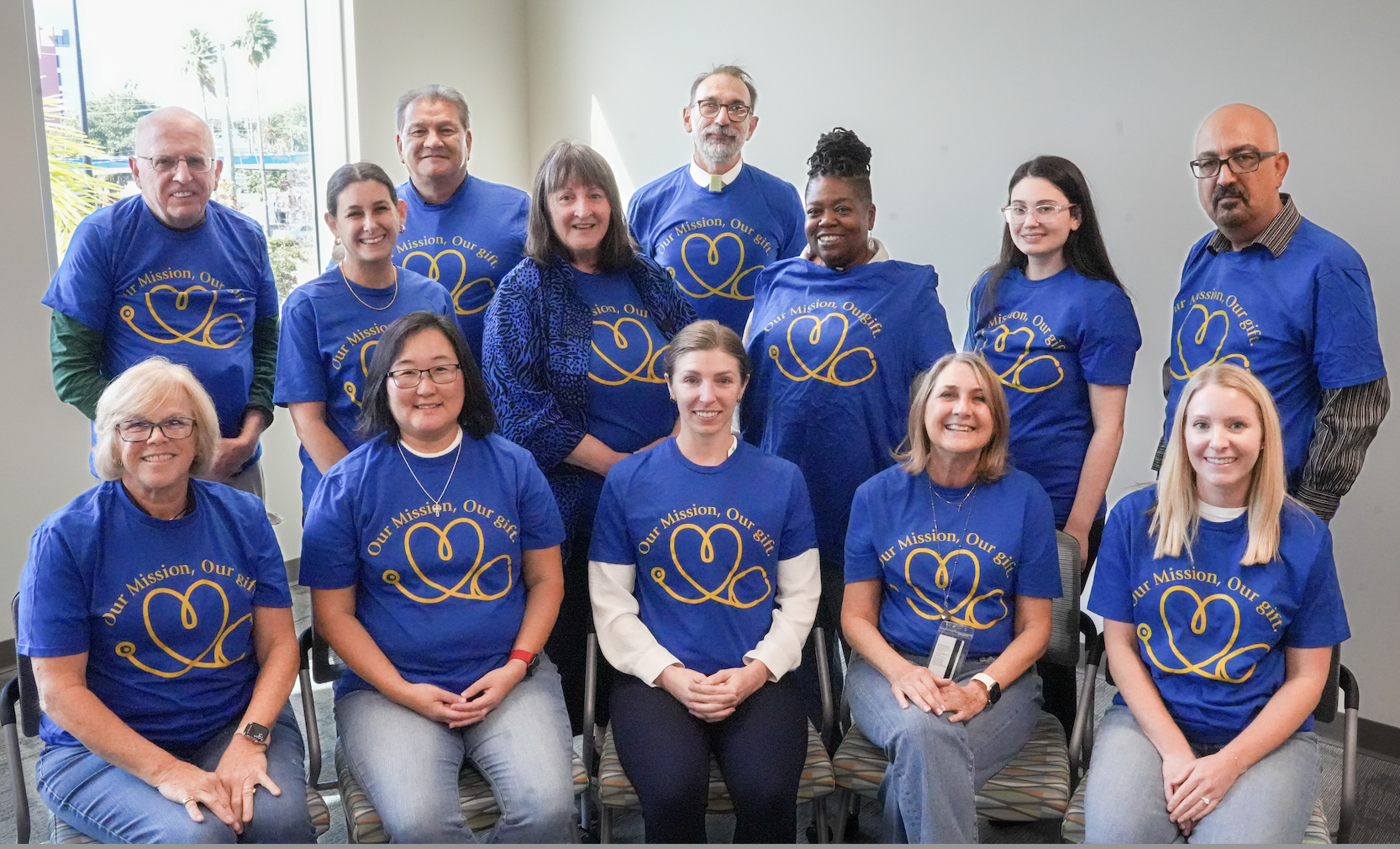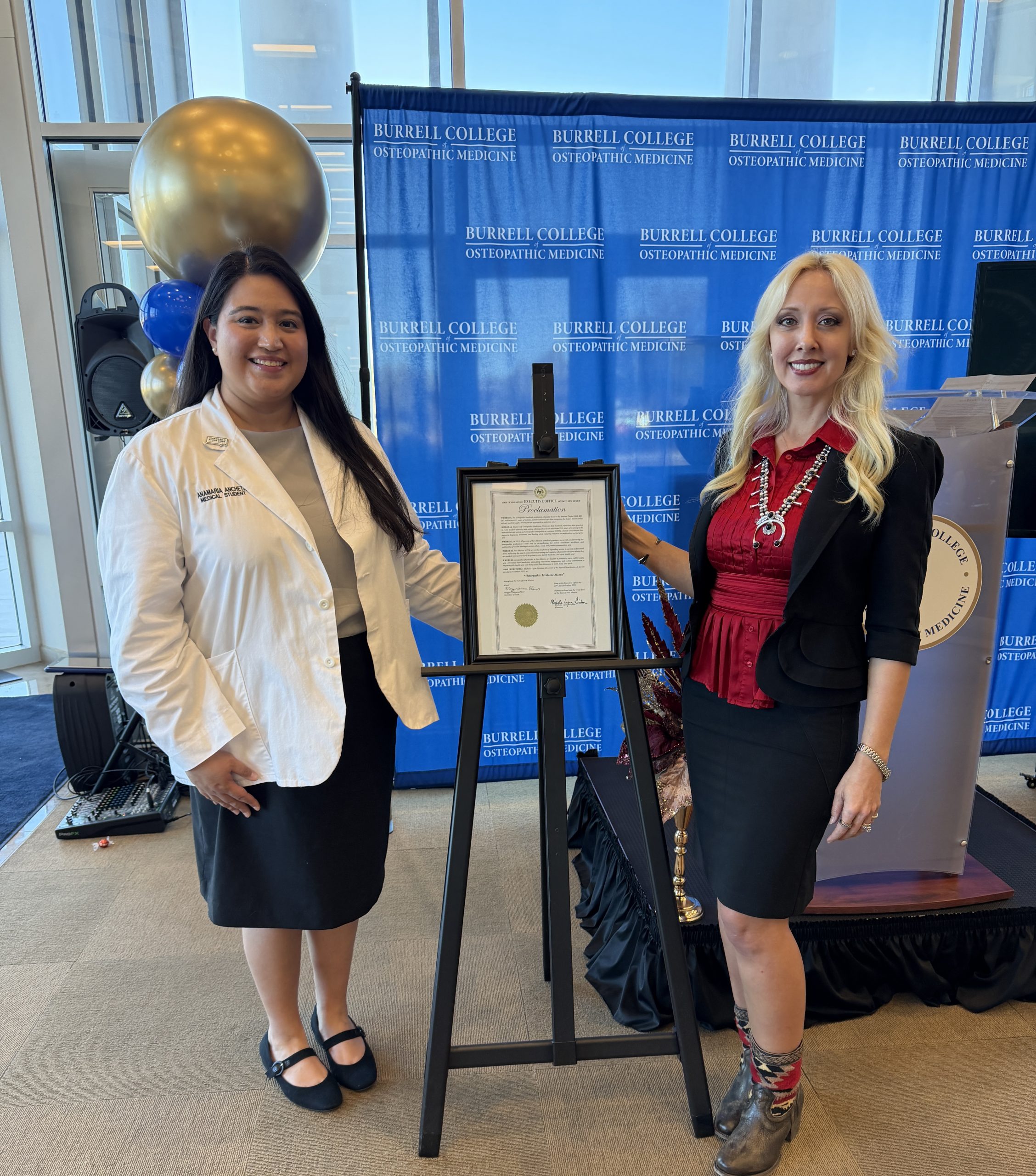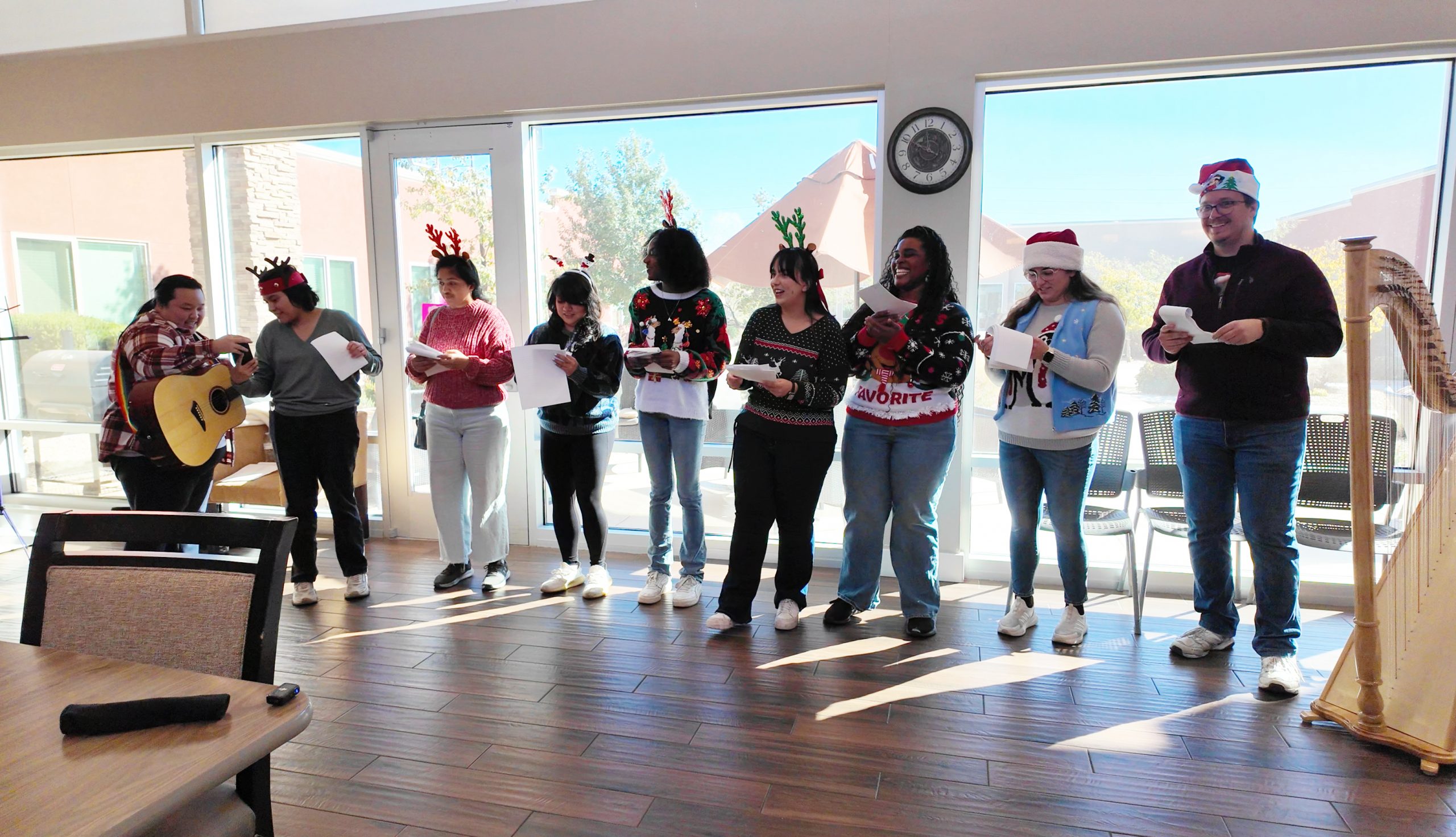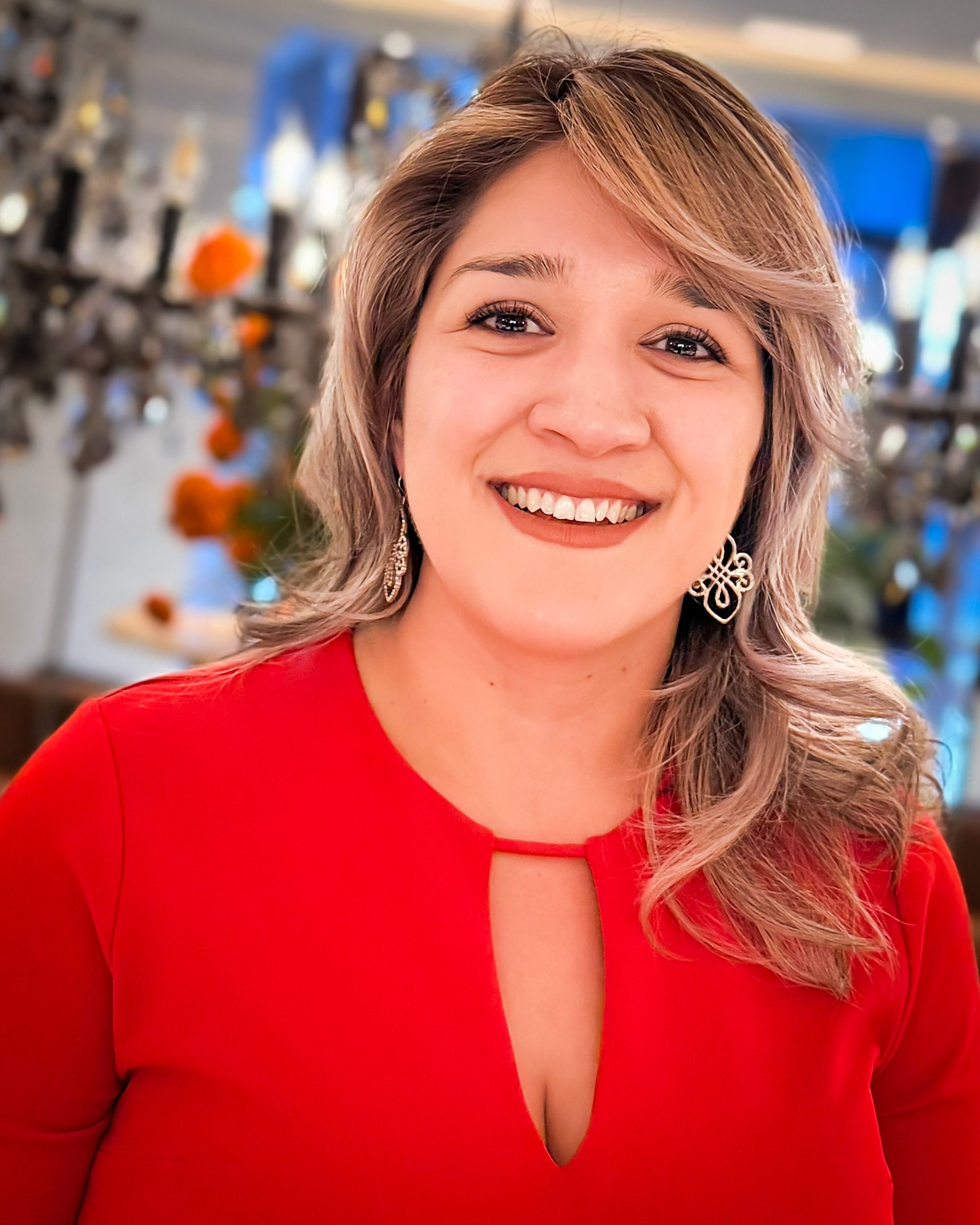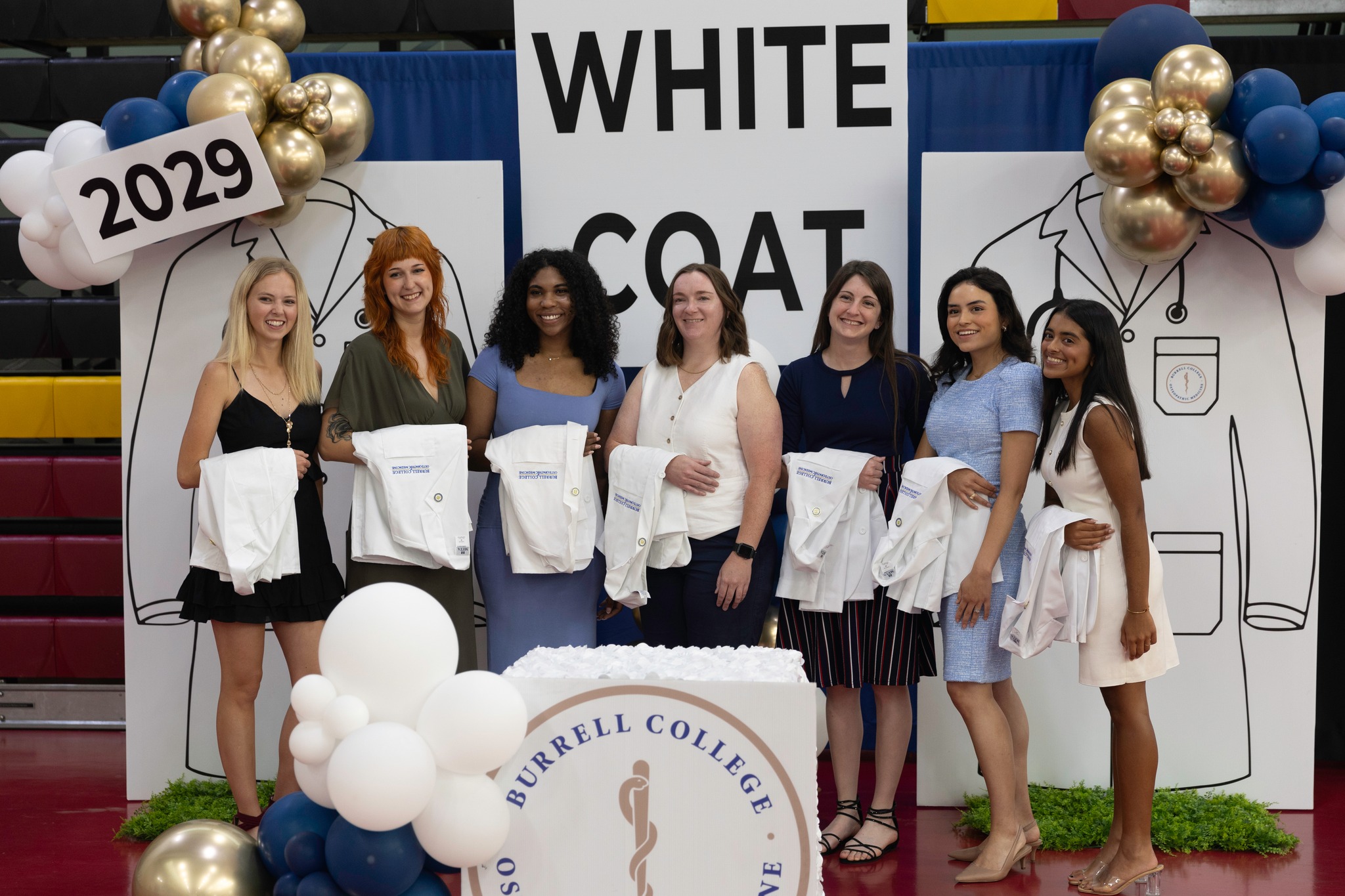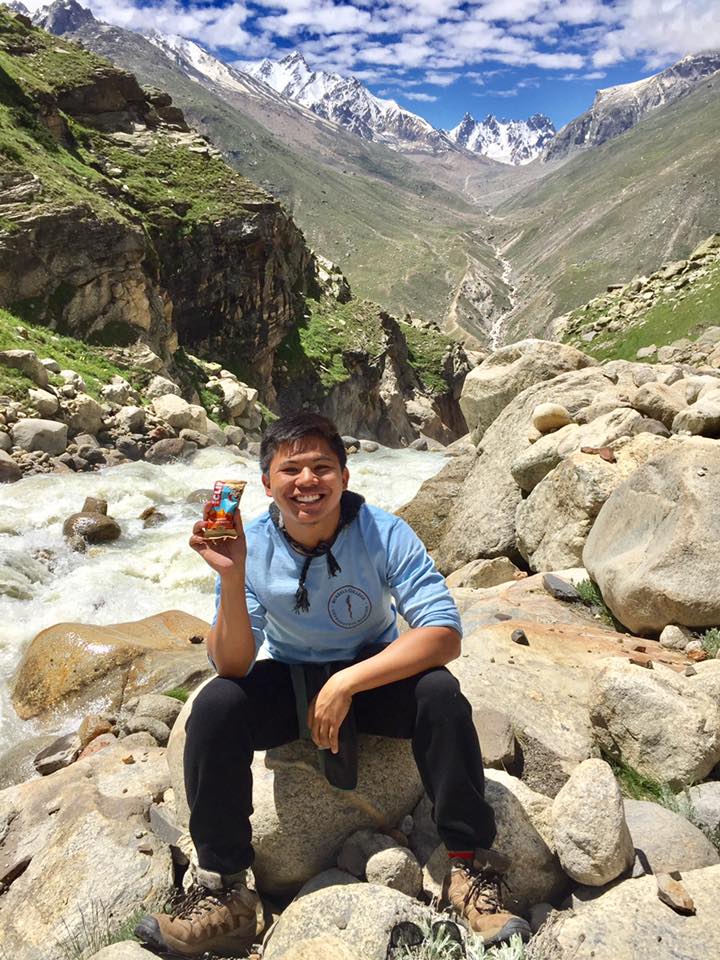
In the summer of 2017, after his first year of medical school, Gabriel Pontipiedra admits to feeling a bit lost. “Whether it was finding out what specialty I wanted to go into or what I needed to do to get the ideal residency, I hoped a new purpose would present itself to give me direction,” he writes. “I had joined almost every specialty club my school has to offer, shadowed various medical professionals, and threw myself into each subject and organ system, hoping to find whatever it was I was looking for. Alas, all of it proved futile. So in a desperate attempt, I turned to travel, in hopes that getting thrown out of my comfort zone would help me find my way again.”
Through a friend, Pontipiedra discovered the Himalayan Health Exchange and spent three weeks in Spiti Valley in the state of Himachel Pradesh, India as part of a medical relief expedition. “All it took was one late-night burst of courage and before I knew it, I was soaked in sweat on a packed bus in the humid Delhi summer weather with nothing but the scrubs, passport, and stethoscope in my backpack,” he remembers.
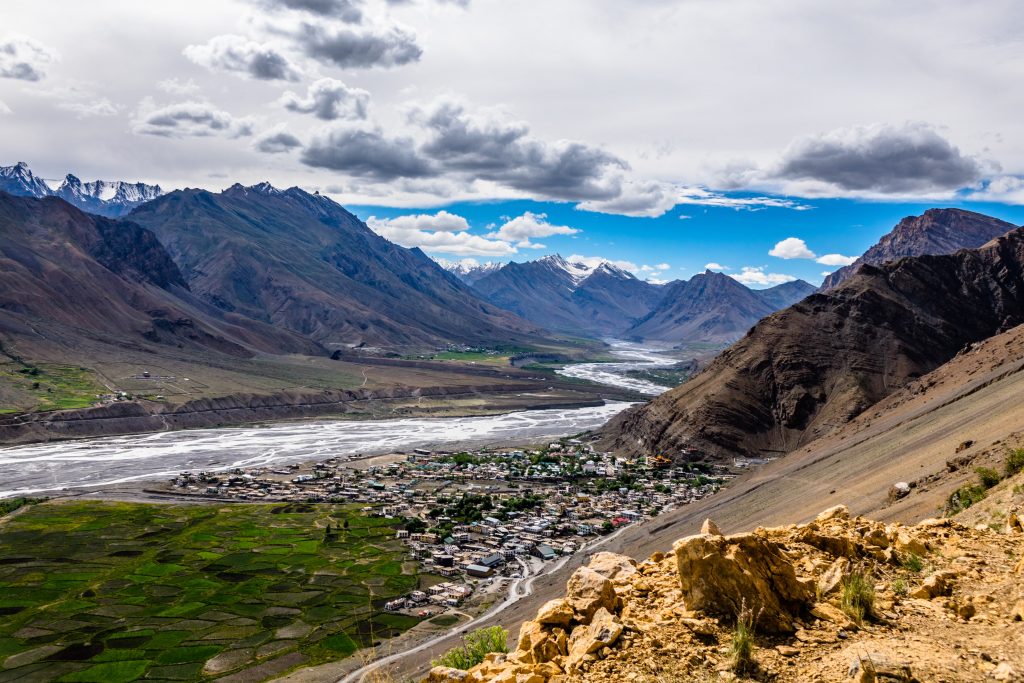
While working in a rural clinic, Pontipiedra received a crash course in direct patient care and dealing with language barriers. His most memorable patient, a 63-year-old farmer with chronic back pain, came in on one of Pontipiedra’s last days at the clinic. Upon hearing that the clinic planned to discharge the patient with a one-week supply of Ibuprofen and a directive to rest, he volunteered to try some Osteopathic Manipulative Medicine (OMM) techniques on the man.
“I diagnosed him and performed thoracic muscle energy, like I had been taught during my first year,” Pontipiedra said. “What happened afterwards was like magic. He stated he felt less pain and had regained motion in his back, which he had not had for years. While I was teaching him the procedure so that he could replicate it again at home, I could not help but think about how much I took away from learning osteopathic medicine. Osteopathy provided me an insight nobody else in my company had.”
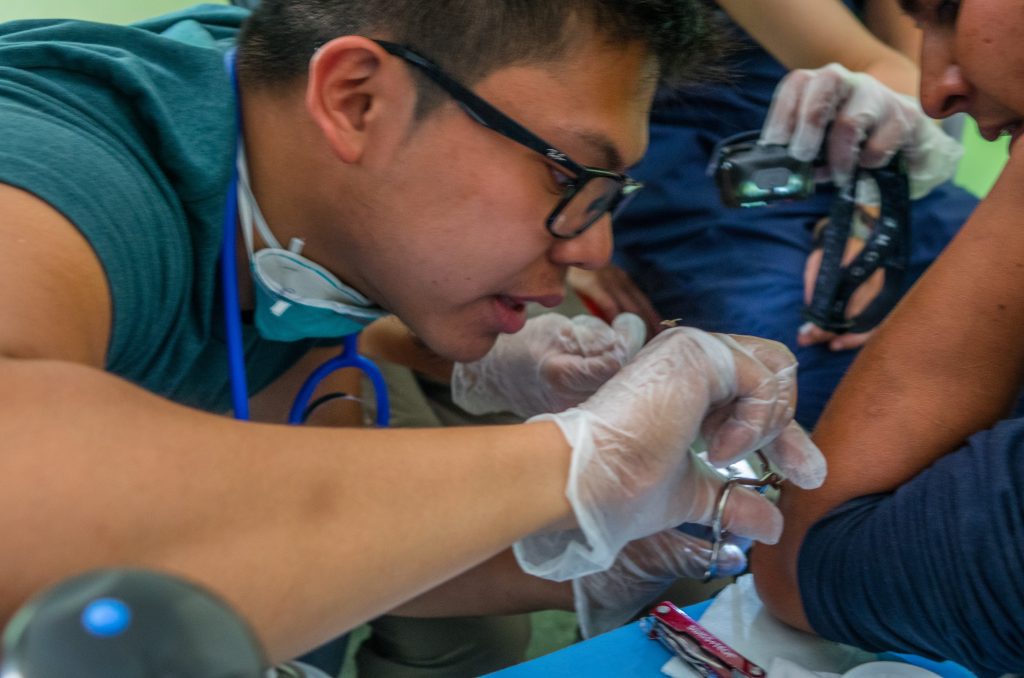
Upon returning to the states, Pontipiedra submitted his experience to the Narrative Medicine Essay Competition held by the American Osteopathic Association’s Bureau of International Osteopathic Medicine (BIOM). This inaugural BIOM competition was “aimed at letting osteopathic medical students and residents explore global health and clinical medicine through the written word.”
Pontipiedra’s submission entitled, “Para la Gente y el Futuro,” details his experience in the health exchange program, including working with 27 other students from around the globe, of which he was one of only two osteopaths. He recalls his MD student peers questioning his choice to apply to an osteopathic school instead of an allopathic, and asking questions like, “Are you more like a chiropractor then?”
Yet, by the end of the expedition, Pontipiedra said the MD/DO titles no longer mattered. He wrote, “We were all just people striving for one common goal: to care for those who are not able to get help, and to share knowledge with those who can benefit from it. I could not help but think this could be a goal I could work towards for the rest of my life…In order to truly make a lasting impact, we must care for the people and future on a global scale. I had finally found my new purpose, which is to use and promote osteopathic medicine in the realm of global health.”
Pontipiedra’s essay was selected as the first place winner in the narrative medicine competition. He was awarded $750 and invited to speak at the 19th Annual International Seminar, “Innovation in Osteopathic Medicine and Outreach,” held in Philadelphia in early October, where he gave a presentation detailing his experience working internationally and held a Q&A session. Pontipiedra says, “It truly was an amazing experience and I was extremely proud to represent not only myself, but BCOM as well.”
